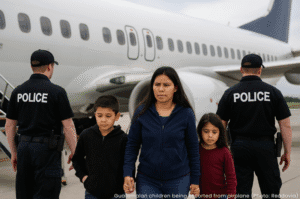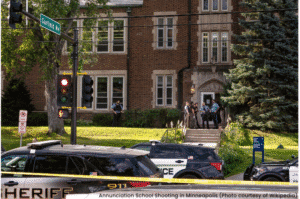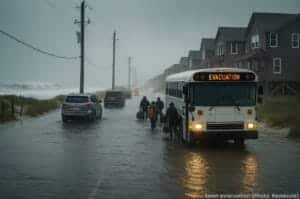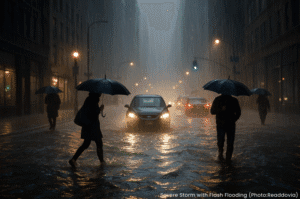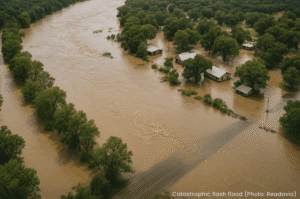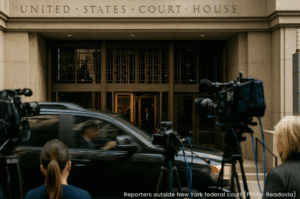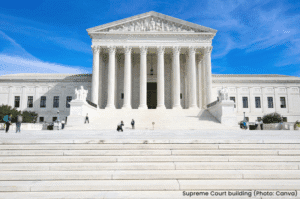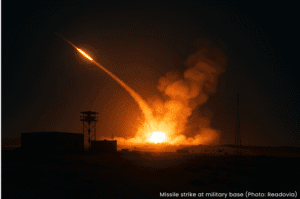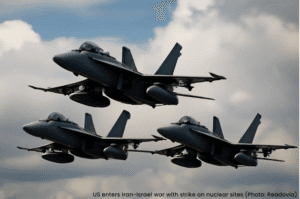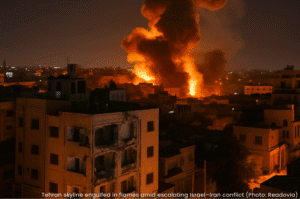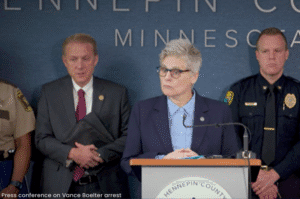Last updated July 16 – 12:30 PM (EST)
A catastrophic flash flood tore through Central Texas over the Fourth of July weekend, claiming the lives of more than 134 people—including at least 27 campers and counselors from Camp Mystic, a private girls’ summer camp along the Guadalupe River.
Fueled by lingering moisture from Tropical Storm Barry, intense rainfall pounded the Texas Hill Country in the early hours of Friday, causing the Guadalupe River to rise 26 feet in just 45 minutes. Some areas saw up to 20 inches of rain within hours, overwhelming the region and unleashing catastrophic flooding.
By July 8, officials confirmed at least 111 deaths, with over 170 people still missing. The tragedy hit Camp Mystic especially hard. Families are mourning the loss of daughters, sisters, and young friends who had just arrived at camp days earlier. Rescue workers discovered debris from the camp more than 15 miles downstream.
Hundreds of volunteers, National Guard troops, and first responders continue recovery efforts across Kerr, Kendall, Travis, Burnet, and surrounding counties. As the water recedes, the scope of the devastation is becoming painfully clear.
Texas Governor Greg Abbott has issued a statewide disaster declaration, and President Trump approved federal emergency assistance. The response has sparked criticism over delayed alerts and outdated infrastructure in flood-prone areas long known as “Flash Flood Alley.”
Climate experts warn that extreme weather events like this are becoming more frequent due to warmer, wetter air patterns. Meanwhile, local officials are calling for major investments in early-warning systems and better public education around flash flood risks.
With entire families grieving, the Texas flood is already being called the deadliest inland flood in U.S. history since 1977—and the final toll may not yet be known.





